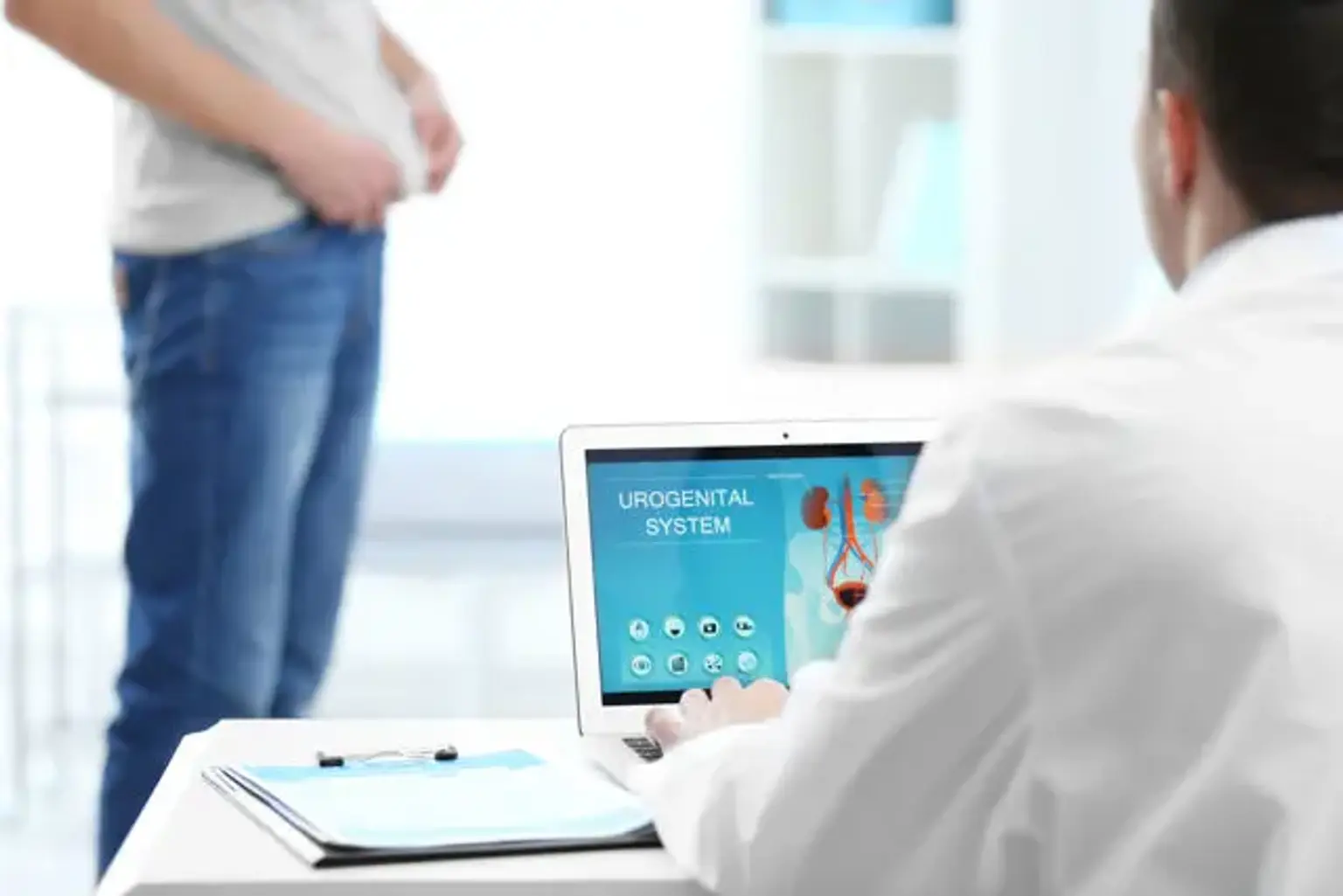Hydrocelectomy
Hydrocelectomy is a surgical procedure to treat, repair, or remove hydrocele and prevent a recurrence. A hydrocele is the accumulation of fluids in the fluid-filled sac located inside the scrotum. It can occur on one or both regions of the scrotum but can sometimes heal without treatment. But if it becomes large, it can cause pain, discomfort, and swelling in the scrotum.
Surgery is thus essential to address this issue and preventing it from advancing further. It involves the removal of the fluid, hence shrinking the size of the sac with fluid. Doctors usually recommend hydrocelectomy if the condition doesn’t improve with time or affect young children after their first year since birth.
